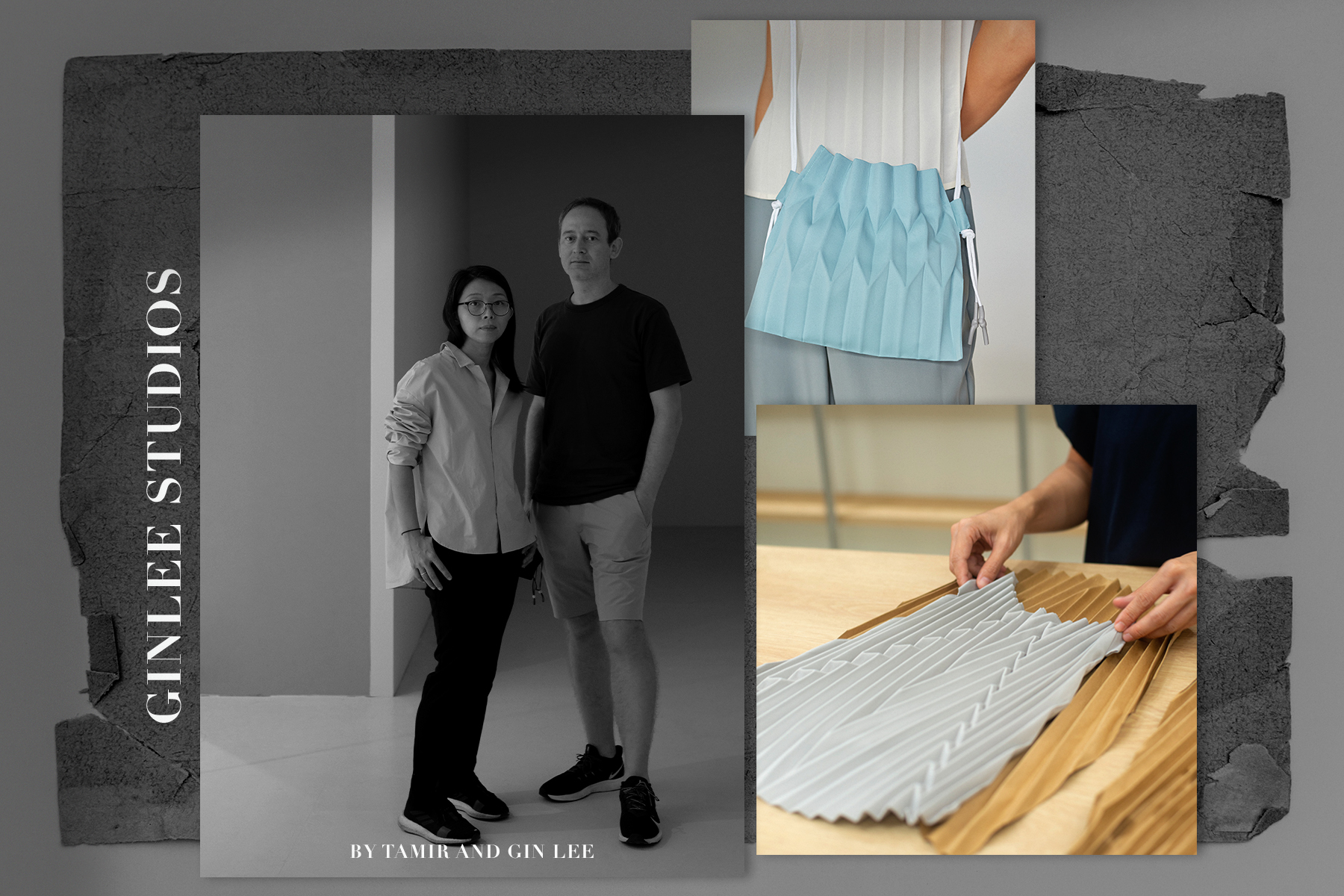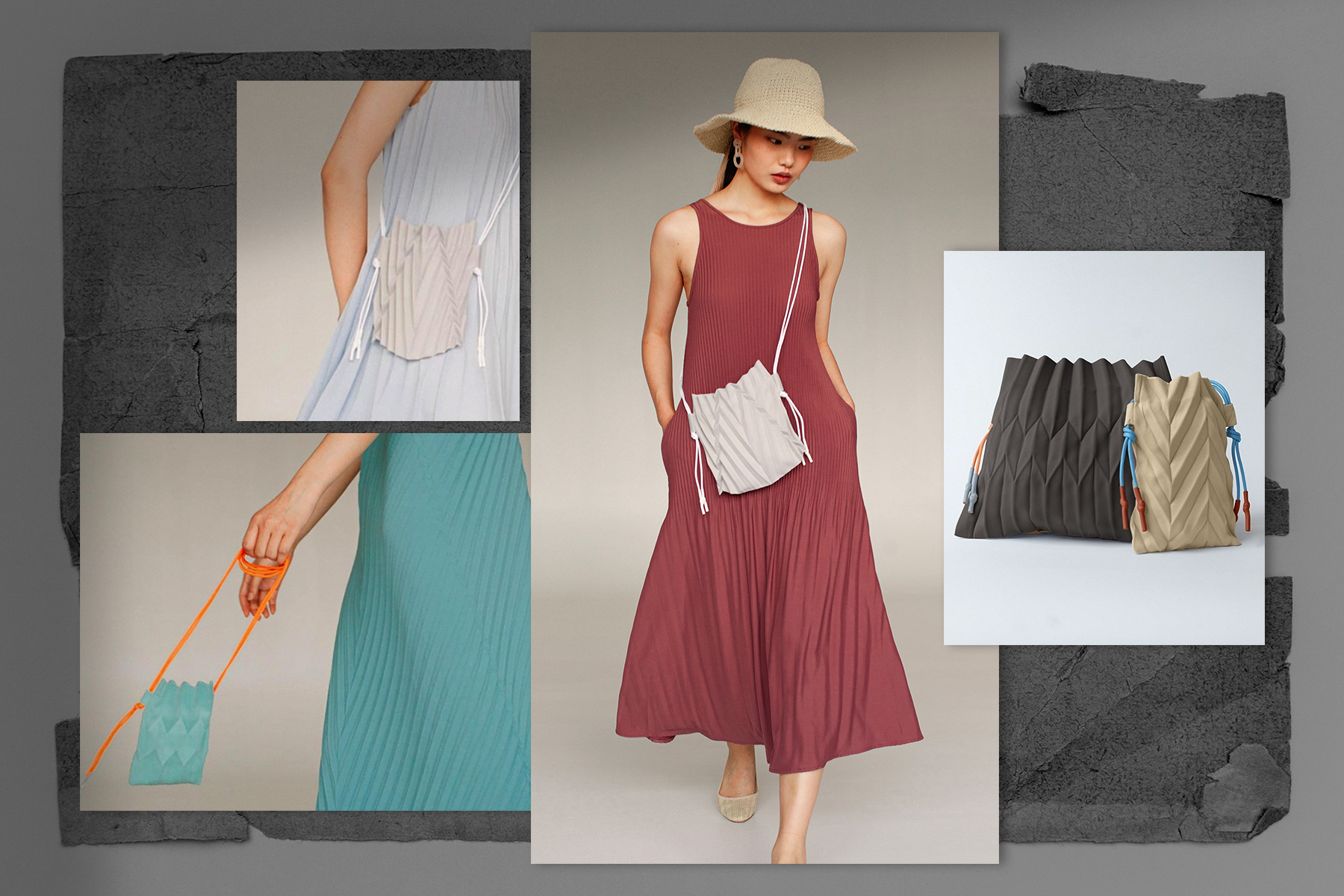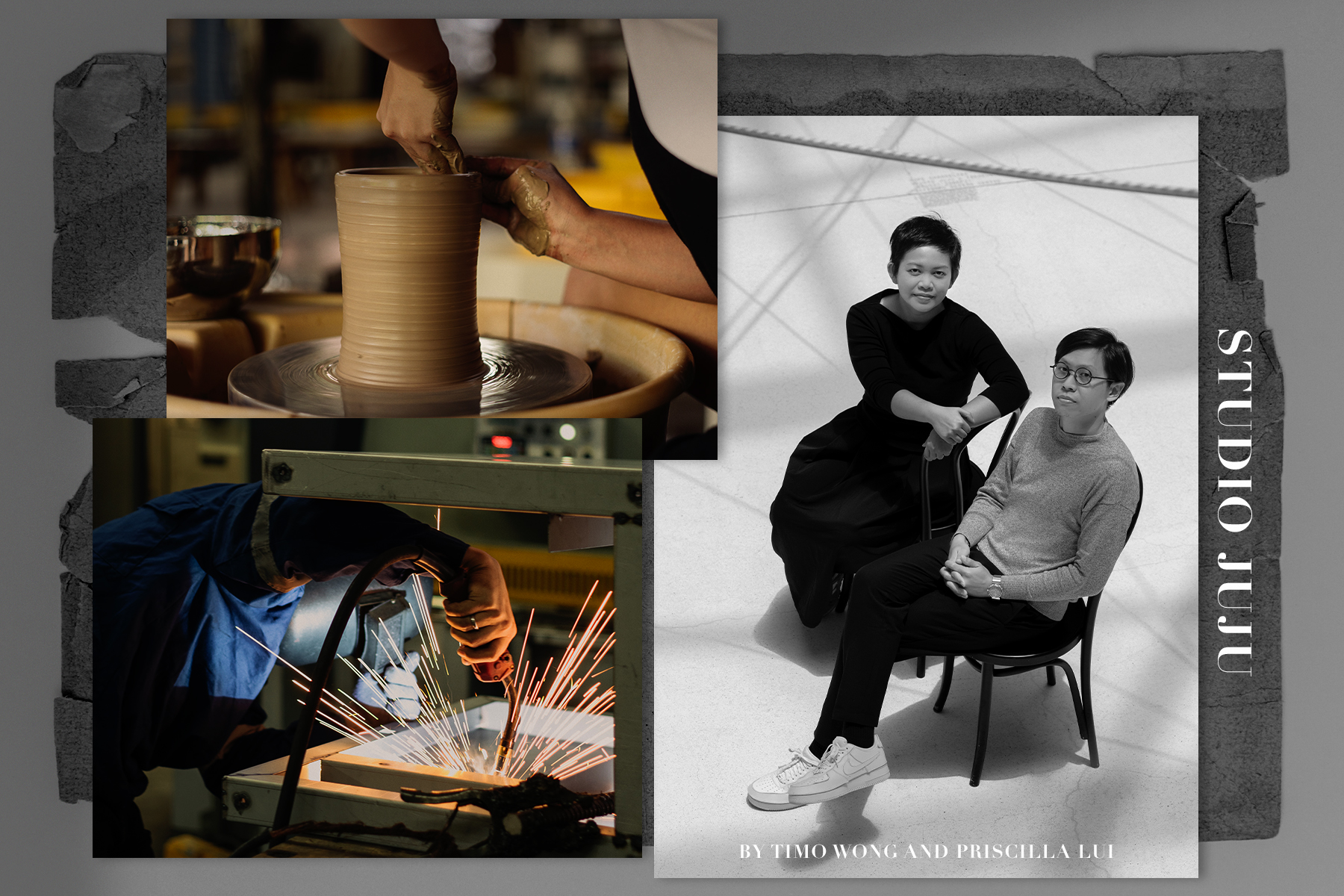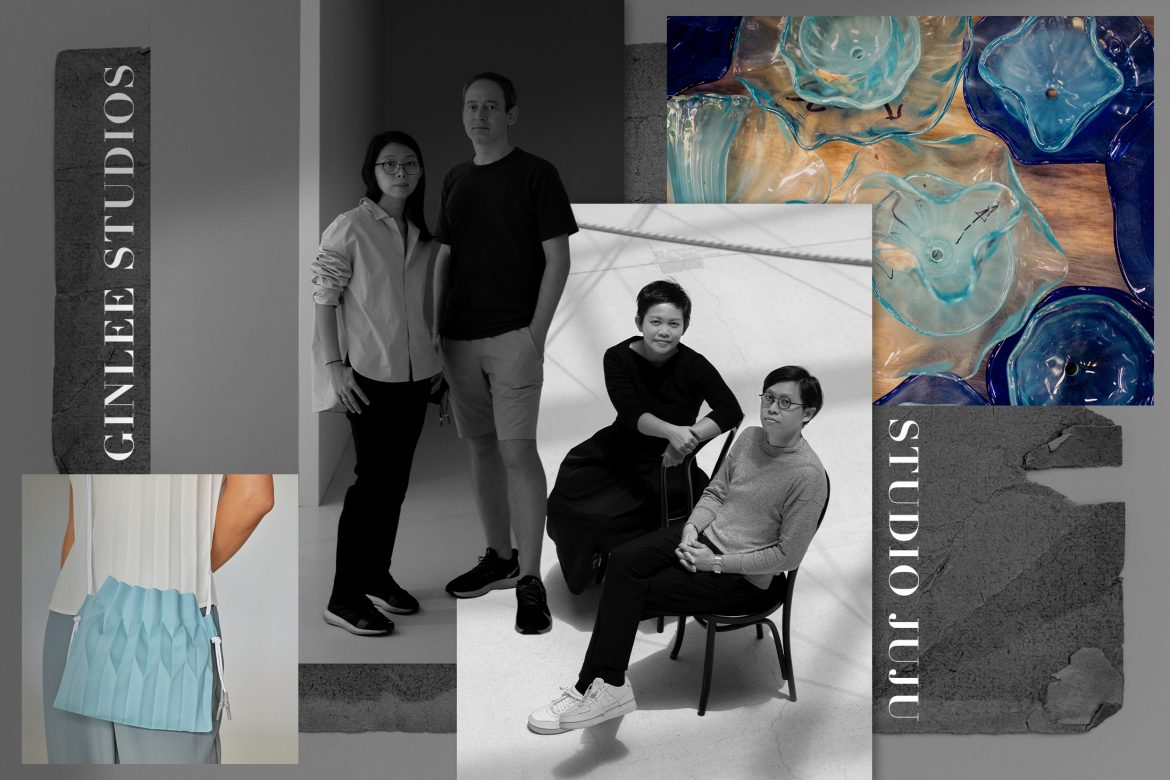Nothing is random in this urban world we live in; almost everything is there through design of one form or another. Yet we often overlook this in our everyday lives. From the furniture that surrounds us to the clothes we put on and the experiences we go through – almost everything exists by design.
We perform the act of consumption day after day, removed from the design and production processes. Efficiency renders these stages invisible and we enjoy the utility and beauty of the end products with rarely an extra thought beyond the labels. These processes have more impact that we can imagine, as they shape the way we perceive what we use and how we use them.
As sustainability, inclusiveness and circularity grow in prominence, we look into what constitutes “conscious consumption” and why we should care. In this 3-part series, we pick the brains (and hearts) behind six local design projects under this year’s Good Design Research initiative by the DesignSingapore Council.
In the second chapter of the “Conscious Consumption” series on Singapore design, two Singaporean design projects want to put the spotlight on the step of ‘making’ in the design process. How can it help us to appreciate design, reduce waste and revive retail? And in what ways does it reinforce our cultural identity?
Part 2: Design Makes Us
“We can’t keep consuming blindly without looking into how things are made.” Tamir Niv, who makes up half of fashion label GINLEE Studios, shares passionately about the label’s Make in Shop concept – a new on-demand and on-the-spot manufacturing solution that is both sustainable and engaging for consumers. The idea looks to solve two key challenges facing the fashion industry: overproduction resulting in excess, unused stock, and the decline in brick-and-mortar retail.
Tamir and co-founder Gin Lee want to make fashion production a more sustainable process, and along the way, renew the shopping experience. Grounded by the philosophy of ‘Making Fashion that Matters’, they started GINLEE Studios in 2011 to make wardrobe staples that last. They recognise that fast fashion, a major part of the industry, is built on encouraging consumption and in the process, generates a lot of wastage, “We are genuinely trying to ask ourselves firstly if things that we make are worth making, and then we ask our customers the same.”

The lure of ‘experience’ is how they hope to nudge consumers towards that end. In the advanced e-commerce world, convenience and choice are served on a platter. Visiting a physical space to complete a purchase might be redundant but if the in-store experience becomes an engaging process that we are actively involved in, we might be less inclined to click the ‘cart out’ button and choose to fill our physical shopping carts.
Tamir and Gin understand this, so they want to turn shop spaces into experience domes that go beyond transactional to make in-person shopping trips worth the while. “Why would you spend time on something that is common and consumable through online platforms? But do we want to stay home all day working and consuming? Probably not for long. I believe that we should spend our time on unique meaningful experiences. This is where brick-and-mortar retail is heading and that’s exactly the challenge for local brands to make a difference.”
Make in Shop is exactly what its name suggests – making the product at the point of purchase and inviting the end consumer to participate in that process of making. Tamir and Gin want to recreate the vanishing trades of the local shoemaker, carpenter and seamstress in a smart, sustainable manner; the shopping concept’s on-demand nature also allows them to produce only when someone buys it, thereby reducing waste. The designer duo says it is about localising production by modernising craft, thus creating a more sustainable solution.
We see our customer’s experiences as part of the design work. We are trying to change our customer’s mindset to think ‘Slow Fashion’ or learn about how things are made. It’s not always easy, but with the growing awareness towards sustainability it makes more sense to everyone.
Tamir Niv, Co-Founder of GINLEE Studio

The current developed concept of Make in Shop is based on the craft of pleating that GINLEE Studio has become synonymous with. You can make your own pleated bag in their Great World City store and experience the process of making it. The end result is something that’s truly yours.
Eventually, Tamir and Gin hope to apply the Make in Shop concept across different retail experiences. “We don’t see ‘handmade’ literally as doing things by hand; we think it’s more about understanding and being conscious of how things are designed, made and used, taking responsibility for that, and appreciating their value… We can enjoy the wonder of experiencing the creation of things that we own and be amazed by innovation.”
Make in Shop is also about recognising what defines us. What we design and make, is intertwined with our identity. Tamir sums it up nicely, “Why can we easily identify what is Italian design or Dutch design but we struggle so much identifying what is Singapore Design? Design needs available ways of creating it. It can be a trained pair of hands or the most advanced machine. We need to have the means to create and therefore locally made is important.”
This notion of bringing a design to life in the same place where the idea of it is conceived, is something that Singaporean designers Timo Wong and Priscilla Lui hope to manifest with Studio Juju’s project under the Good Design Research initiative by DesignSingapore Council. With a project title like “Designed and Made in Singapore”, it’s hard to miss their point.
We want to pursue production with local makers and close the loop of research-design-make-sell – to make more and design more. We also want to highlight this importance to us all, to understand how design and made in Singapore are important, both for designers and buyers.
Priscilla Lui, Co-Founder of Studio Juju

Timo adds that they hope their research can uncover more opportunities to manufacture local designs in Singapore, and show that local production capabilities and design go hand in hand. Singapore’s early days saw a flourishing manufacturing industry which gradually declined with the shift in the local economy and cost competition from rising new economies overseas. With this project, Timo and Priscilla hope to revive what they see as something that could enrich the design and cultural landscape in Singapore.
“We hold on to things derived from our past to speak about our culture. That is why, even when we are looking to the future, we should assess and retain part of our current practices, so that it may continue to grow in relevance and be in our lives, becoming part of our culture and existence.”
As designers, they also see other benefits of localising the manufacturing step. They do a lot of groundwork as part of the design process, including meeting manufacturers to understand their motivations, strengths and capabilities, while learning how to reinterpret each of their manufacturing methods or processes. With such a close working relationship, making iterations or refinements would be much easier if the manufacturing process could be done locally. This notion was reinforced when they could not travel out to manufacturers and suppliers overseas during the pandemic, thus inspiring them to develop the Designed and Made in Singapore project.
A strong consideration in the initiative is also the lifecycle of the creations and their impact to the planet. From the materials to the processes they adopt while they create, environmental impact cannot be ignored. “Sustainability shouldn’t be new. It should be a factor that designers are already considering in their works while balancing society goals and the benefits to economy,” Timo shares.

Eventually, Timo and Priscilla want to move beyond nostalgic representation and touristic views of Singapore to showcase what “what can be contemporary and creatively Singaporean… It will be an outcome from a design-centric approach, that the aspiration of the designers and makers can be regarded collectively.”
To realise that vision, they are working with a few established Singaporean industrial designers with unique design perspectives. Each of these designers will work to their strengths with selected Singaporean makers and manufacturers to manifest their vision of what Singapore design is.
“It may sound cliched when we talk about ‘supporting local’. Do we support local because local design is great? Or do we support local because we can’t let our own Singaporeans down. I hope the answer is the former.” Timo hopes that this project will contribute to Singapore’s growing cultural presence and “communicate contemporary Singapore design to the world.”
Images courtesy of respective brands, artwork by Curatedition. All rights reserved.
Related Links:
Face Masks: Where to Get Your New Wardrobe Staple in Singapore
What’s Uniquely Sparkling on Our Shores

